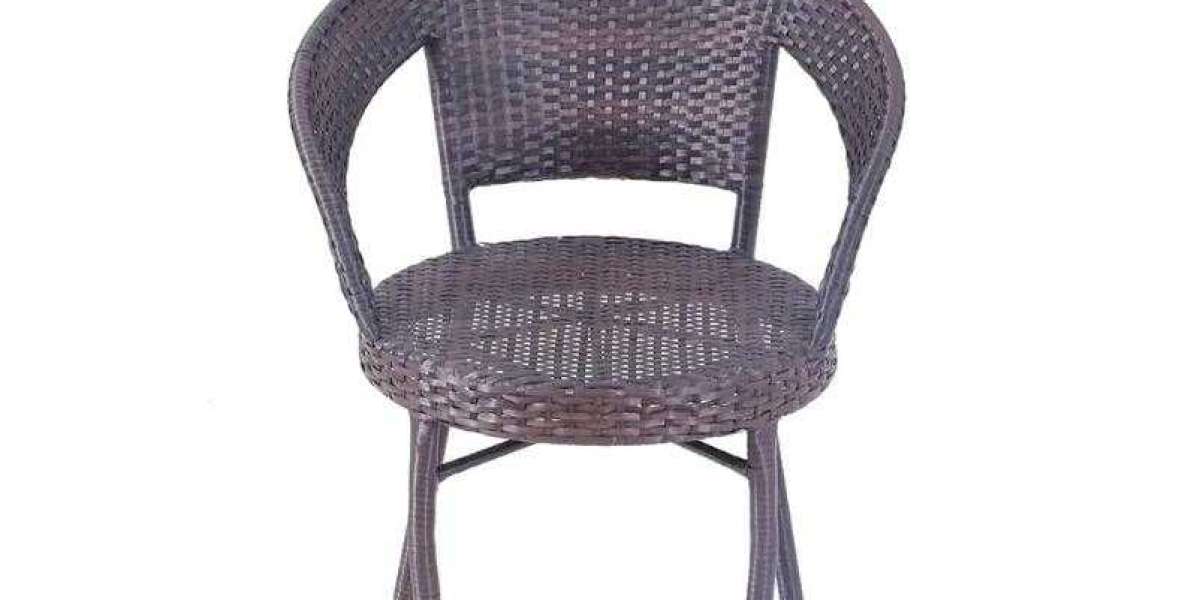To maintain a grease gun for long-term use, proper care and routine maintenance are essential. Here’s a guide on how to keep a grease gun functioning efficiently for an extended period:
### 1. **Regular Cleaning**
- **After Each Use**: Wipe down the grease gun with a clean rag to remove any grease, dirt, or contaminants that may have accumulated during operation. Grease buildup can damage seals and other components over time.
- **Internal Cleaning**: Occasionally disassemble the grease gun and clean internal parts, especially the plunger and grease reservoir, to prevent old grease from hardening and clogging the system. Use a degreaser or solvent to clean the internal parts thoroughly.
### 2. **Proper Storage**
- **Keep in a Clean, Dry Environment**: Store the grease gun in a dry area to prevent rusting and moisture buildup. Moisture can degrade grease quality and lead to corrosion of internal metal components.
- **Prevent Debris Contamination**: Always ensure the grease gun’s nozzle and hose are capped when not in use to avoid dirt and debris entering the grease chamber, which could clog or damage the gun.
### 3. **Lubrication**
- **O-Rings and Seals**: Regularly check the O-rings and seals for signs of wear and tear. Apply lubricant to keep them pliable and functioning properly. A worn-out seal can lead to grease leakage, reducing the gun’s efficiency.
- **Plunger Maintenance**: The plunger should be kept well-lubricated to maintain smooth operation. If the plunger becomes sticky or difficult to operate, it may require cleaning and lubrication.
### 4. **Check for Wear and Tear**
- **Inspect Hoses and Nozzles**: Regularly inspect the hose and nozzle for cracks, leaks, or signs of wear. Replace them as needed to ensure effective grease application and prevent accidents.
- **Look for Rust**: Inspect metal components for rust or corrosion. If found, clean them immediately and apply a rust inhibitor to prevent further damage.
### 5. **Use the Correct Grease**
- **Compatibility**: Always use grease that is compatible with the grease gun and the machinery being serviced. Mixing different types of grease can cause chemical reactions that may damage the grease gun’s components.
- **Avoid Overfilling**: Overfilling the grease gun can cause pressure buildup, leading to leaks or damage to seals. Fill the grease gun according to the manufacturer’s recommendations.
### 6. **Avoid Over-Pressurizing**
- **Manual and Pneumatic Guns**: If using a pneumatic grease gun, ensure that the air pressure is within recommended limits. s Over-pressurizing can damage the gun and result in inaccurate grease delivery.
- **Prime the Gun Regularly**: If air gets trapped in the gun, it can affect performance. Prime the gun to remove air bubbles by bleeding out air via the pressure release valve.
### 7. **Routine Testing**
- **Test Operation**: Periodically test the grease gun on a scrap piece of machinery to ensure it's delivering the correct amount of grease. Any signs of inconsistent pressure or leaks should be addressed immediately.
By following these maintenance steps, you can significantly extend the lifespan of your grease gun, ensuring it operates smoothly and reliably for years.














